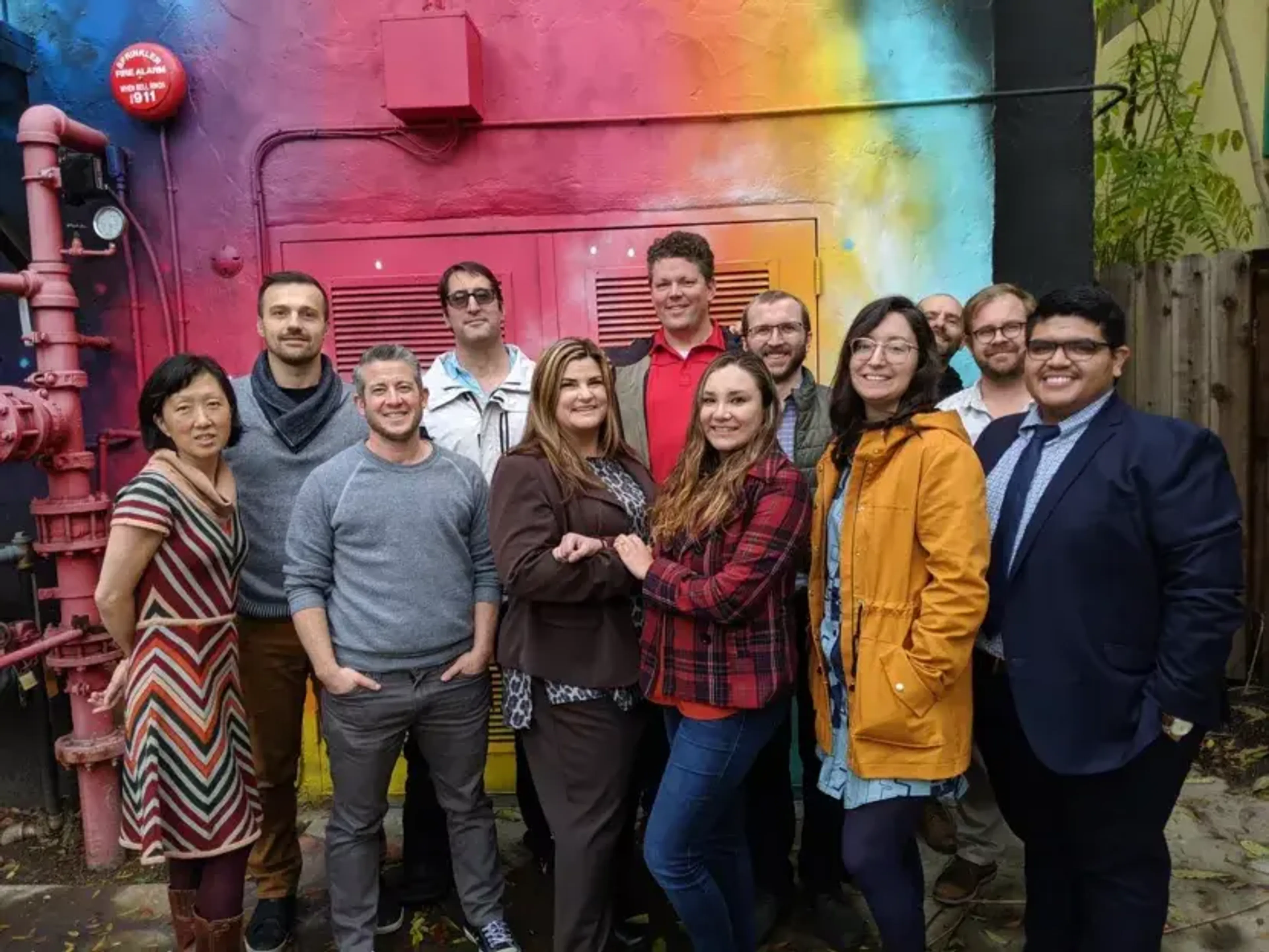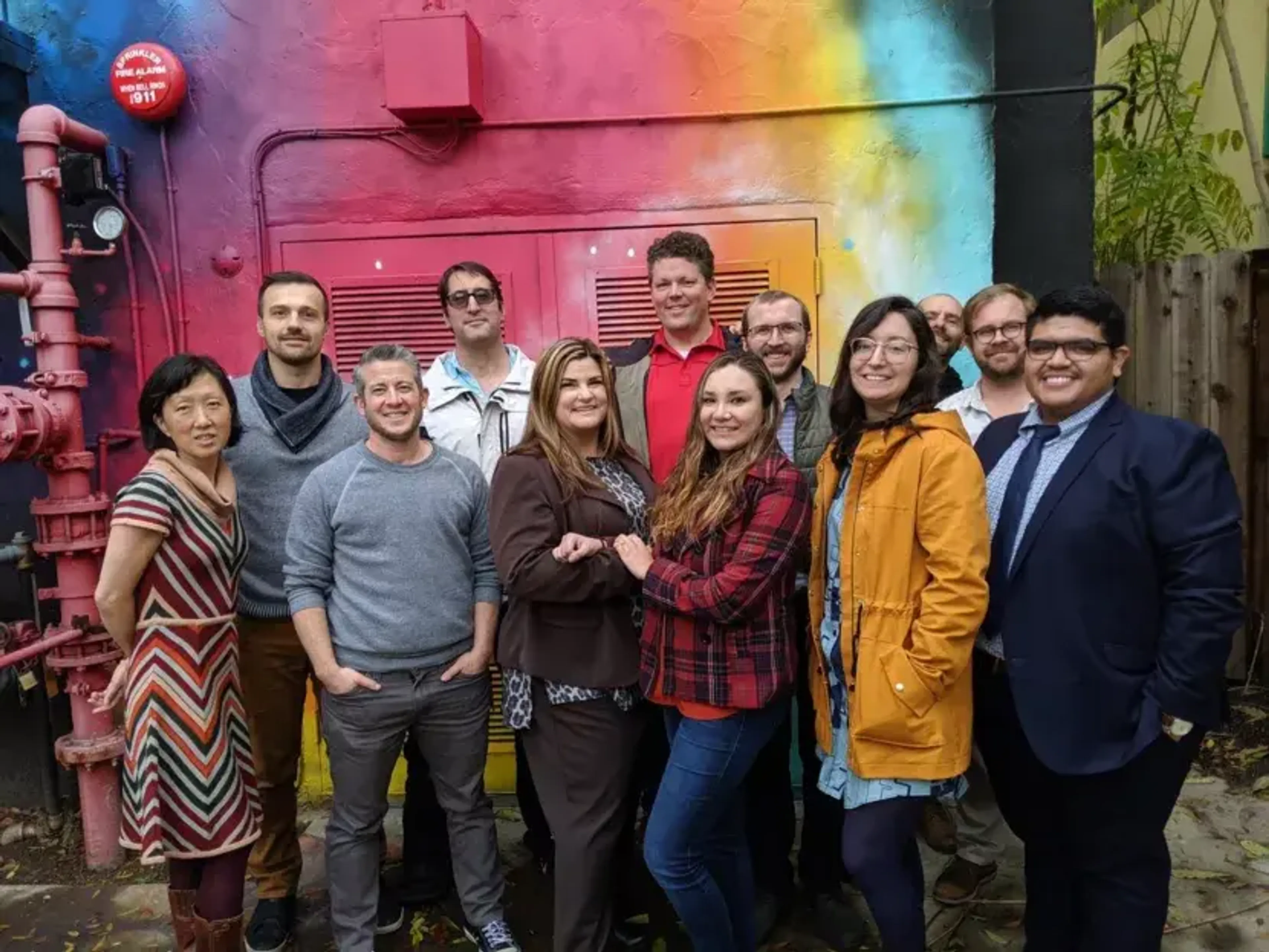
Emma Gawen
Partner

In September 2019, Public Digital started working with the California state government – they wanted to reimagine ca.gov so it would better serve citizens.
We believe that an empowered, multidisciplinary team is an organisation's greatest asset, so we designed, helped to recruit, and built a team who came together to create alpha.ca.gov. We also set out to demonstrate how agile, open, user-centred ways of working could deliver better outcomes for citizens.
By the start of the pandemic, we’d worked together to establish a digital team that was in good shape to pivot, refocus its efforts and respond quickly to the urgent need to give citizens up-to-date information as soon as possible. The team launched covid19.ca.gov in just 4 days and soon made the information available in 7 languages. It has been iterating on the site ever since, and it has been able to quickly respond and adapt to changing circumstances and needs.
The service has stayed true to the values we set out together at the beginning of the Alpha, for example, it is designed around user needs and the technical design, language and performance make it accessible in the many ways it needs to be. Perhaps most notably, it was built by a passionate and empowered team who take responsibility and ownership for reaching those most in need.
Eighteen months on, the covid-19 site is much more stable. The focus has shifted to scaling the lessons learnt and the approaches taken, and applying them to CA.gov efforts and its design system.
Emma Gawen, who led Public Digital’s work on the West Coast, recently spoke to the product manager of covid-19.ca.gov and alpha.ca.gov, Angie Quirarte (now Deputy Director of Programs for the Office of Digital Innovation).
Together, they looked back at Angie’s team’s progress.
“Covid-19
was an (unfortunate) opportunity for us to put into practice what we’d
learnt during the ca.gov alpha,” according to Angie. And, judging by the
team’s quick response to the pandemic, the lessons it had learnt stood
up well to the challenge.
The success and speed of California’s covid response wasn’t just down to having a skilled multidisciplinary team in place. It was a team who worked in the right way too: openly (here’s their blog), iteratively (again, starting small and delivering value in 4 days), and with an obsessive focus on user needs.
Angie thinks that, “in the middle of a crisis, teams might feel that there’s no time to consider user needs or the principles it might normally stick to. Being able to work on the first iterations of the site with people like Sarah Winters [content design leader and part of the Public Digital network] empowered our team to focus on solving the right problems, making certain that – crisis or not – user needs were our top focus.”
The CA team knew that during the pandemic, putting user needs first could have been the difference between life and death. They also knew that user needs could shift slightly as new information came to light or policies came into effect so they developed short feedback loops for updating the content on covid19.ca.gov – they’d analyse the traffic and which words were most searched for then they’d rearrange, rewrite and scrap content accordingly.
By the middle of April 2020, a month or so into the pandemic, Public Digital helped the CA team create a ‘crisis standard’. We did it because it’s so important that everyone in a team – as well as the wider organisation – has a shared understanding of what matters for users and what good looks like, especially when panic may cloud judgement. The Crisis Standard was a way of making sure that every bit of proposed content and every single feature on the covid-19 response site had genuine user needs.
Angie says that the Crisis Standard fed into a lot of other areas too. “It helped engineers to really think about how to architect products and it also meant we could collaborate with other departments more easily and effectively as they’ve set up sub-sites to respond to the pandemic.”
The CA team prioritised accessibility alongside performance and Public Digital strongly advocated for a mobile-first covid response site so it could be better-accessed by more of the population.
California is home to around 10 million people whose first language is Spanish so it was important that within weeks covid19.ca.gov was available in Spanish. It soon became available in 6 more languages. “The way we approached translation during the first wave of response was expensive,” admits Angie, “we’ve learnt a lot about how to approach it since.” Now the translation is semi-automated which means that a lot of it is built in the pipeline but a human proofreads it before it is published. “We make sure our content works for the top 7 languages in the population, and use Google Translate for other languages."
Another example of how the team designed for inclusivity is the health equity dashboard, first launched on 21 December 2020. It could have been published as a PDF, but instead the team created a dashboard which publishes accessible and translated health data. The team are proud to have been able to model equity in the way the dashboard is built, not just through the data it displays.
Angie says “we’re looking carefully at how we can use levers for change to scale our approach, and scale what we’ve learnt”. The progress the team has made has helped other Californian departments and state agencies reframe how they deliver on their programmes. “The aim across public services now is to build things that are easily scalable and perform well. There’s also a set of policies around data and digital standards under review right now which we hope will better support service delivery and scaling/hiring for digital talent,” she adds.
“I think it’s difficult for us to pause and recognise the work we’ve done so far. But it’s important that we do it,” said Angie. Reflection doesn’t last long when there’s lots in the backlog however.
Over the next few years, Angie and her team will build on
what they’ve learnt. They are helping other departments build digital
teams, and showing leaders how and why they will get value from them.
They are also scaling up best practices developed through the Alpha and
covid-19 sites: from using analytics to better understand user needs, to
developing product management as a discipline in government.
A
final reflection from Angie. “Although it’s not what we set out to do
back in 2019, running the covid-19 site has been a great opportunity to
learn and serve our state. One recurring lesson has been that it takes a
village to deliver something valuable. We’ve made a point of
recognising and calling out each contribution. In Alpha, we would take a
sticky note and add their name to our wall in the open office space
where we worked. Then, during the pandemic, we created an appreciation
channel on Slack. Little things like that go a long way for our team and
partner morale”.
Angie adds, “In a crisis, all that matters is the team, and how you can bring it together to deliver. Doing and sustaining this work can be hard and I’m really proud of the role we’ve played in making Californians safer.”


Partner